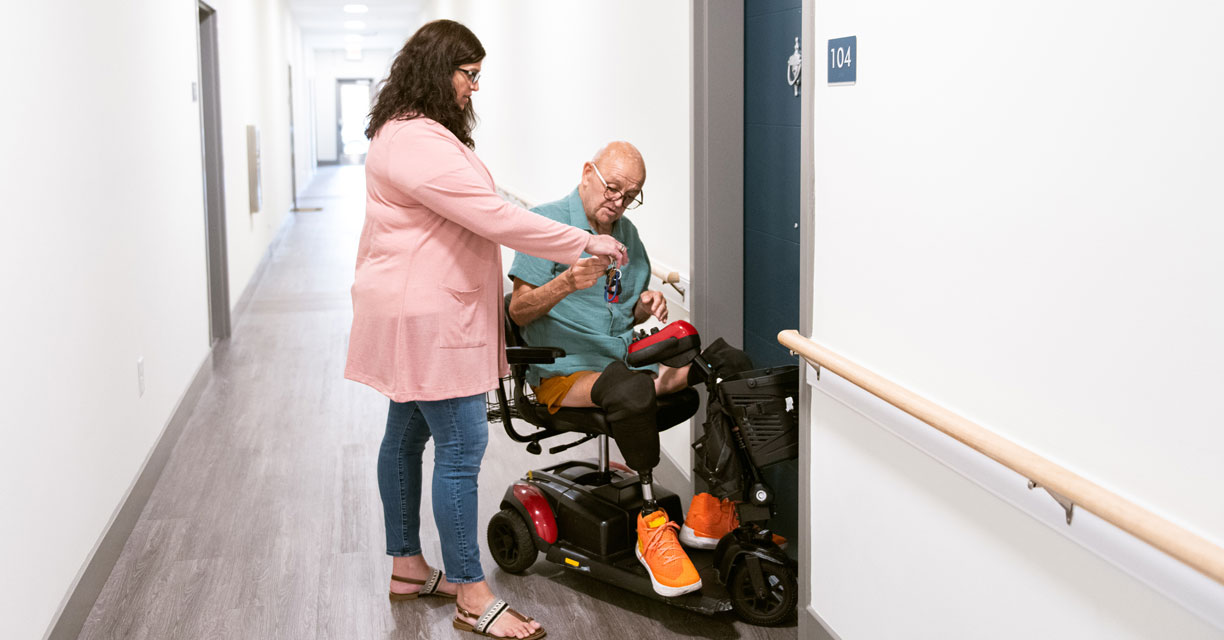Headline
A validated predictive model for health care stakeholders to better identify and address homelessness and its related outcomes.
Context
While health care organizations may implement initiatives to improve care for people experiencing homelessness, the lack of available administrative data on homelessness creates challenges to identifying the right populations for these interventions. This study used enrollment and claims data from a California Medicaid demonstration program to create a predictive model to identify beneficiaries experiencing homelessness.
Findings
A subset of the beneficiary data used for this study had a validated homelessness indicator, which allowed for calculating the likelihood of homelessness for the full sample. This study lists the most important variables in predicting homelessness as county-level homelessness rate, age, race/ethnicity, behavioral health conditions or use of the emergency department for such conditions, and number of months enrolled in Medicaid. It describes regression models that could be easily applied by other health care organizations.
Takeaways
Stakeholders including state Medicaid agencies and managed care organizations can use the validated predictive model described in this resource to identify individuals experiencing homelessness and more effectively develop and implement initiatives to improve care for this population. The authors of this resource noted that they will share the code upon request.



